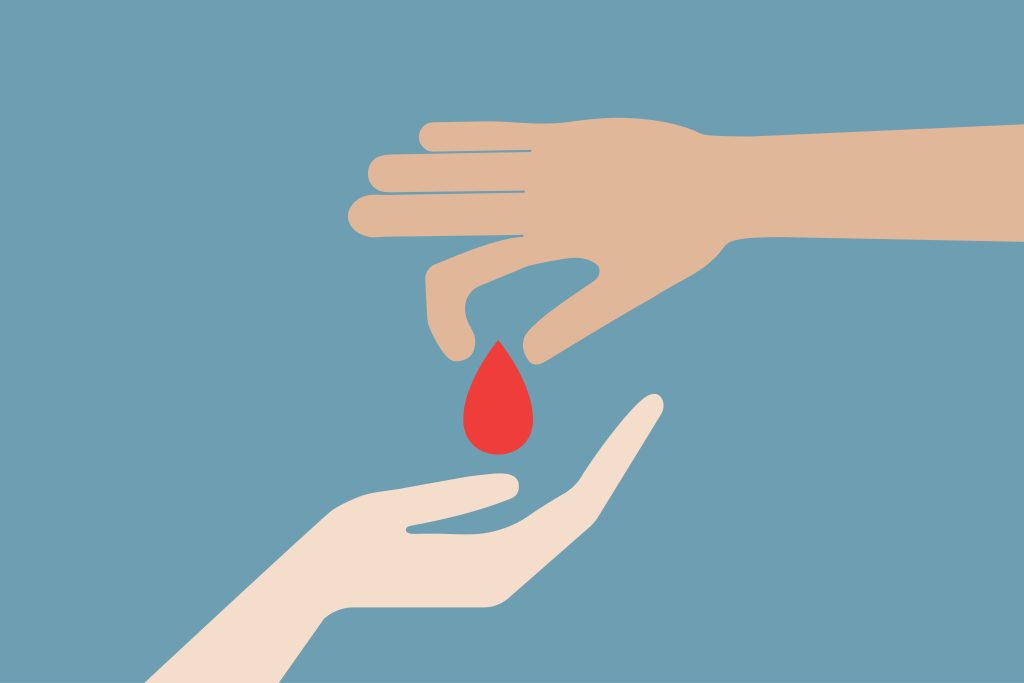It can be easy to forget the importance of blood donations, but January is National Blood Donor Month, making it the perfect time to consider just how important blood drives are to the health of millions. According to the American Red Cross, someone in the United States needs blood every two seconds. It’s essential for surgeries and treating conditions like cancer, chronic illnesses and traumatic injuries. We’re breaking down the types of blood donation, so you can learn more about how you can make a difference.
Whole Blood
This donation includes all components of your blood like red blood cells, plasma and platelets. Your donation can be transfused as is or broken down into specific components to help multiple patients, making this the most flexible type of blood donation.
basic requirements
- Donation frequency: Every 56 days up to six times a year
- Age: 17 in Missouri (or 16 with a legal guardian consent form)
- Weight: 110 lbs.
- Health: Good health and feeling well
- Time: Plan for an hour, actual donation may take less time
Power Red
Red blood cells are the most frequently used blood component. It is typically used for surgeries, trauma patients, individuals with sickle cell anemia and anyone suffering blood loss. Red blood cells can be stored for 42 days after donation. Power Red donations use a special machine that lets you donate two units of red blood cells while your platelets and plasma are returned to you.
basic requirements
- Donation frequency: Every 112 days up to six times a year
- Age: 17 for males; 19 for females
- Weight and height: 130 lbs. and 5’1” for males; 150 lbs. and 5’5” for females
- Health: Good health and feeling well
- Time: Plan for 90 minutes; Power Red donations take around 30 minutes longer than a whole blood donation.
Platelet
Platelets are tiny cells in your blood that form clots and stop bleeding. They are used in many cancer therapies since a major side effect of treatments is low platelet count. A transfusion also can help with major surgeries, organ transplants and blood disorders. Platelets only have a shelf life of five days, so new donations are needed daily. A single platelet donation yields as many platelets as would typically be collected from five whole blood donations.
basic requirements
- Donation frequency: Every 7 days up to 24 times a year
- Age: 17 in Missouri
- Weight: 110 lbs.
- Health: Good health and feeling well
- Time: Around three hours
AB Elite Plasma
The liquid portion of blood, plasma is used to treat burn, trauma and shock patients. Plasma can be frozen and stored for up to one year. Type AB plasma is the only universal type and can be given to all patients. A single AB Elite plasma donation can create up to four units of plasma, and only 4% of the population is eligible to make a universal donation.
basic requirements
- Donation frequency: Every 28 days up to 13 times a year
- Age: 17 in Missouri
- Weight: 110 lbs.
- Blood type: AB
- Health: Good health and feeling well
- Time: Around 75 minutes
You can visit redcrossblood.org to find a listing of local blood drives sorted by date or distance. The listing also will let you know what kinds of donations the drive will be collecting, so make sure you check before going.
Source: American Red Cross
